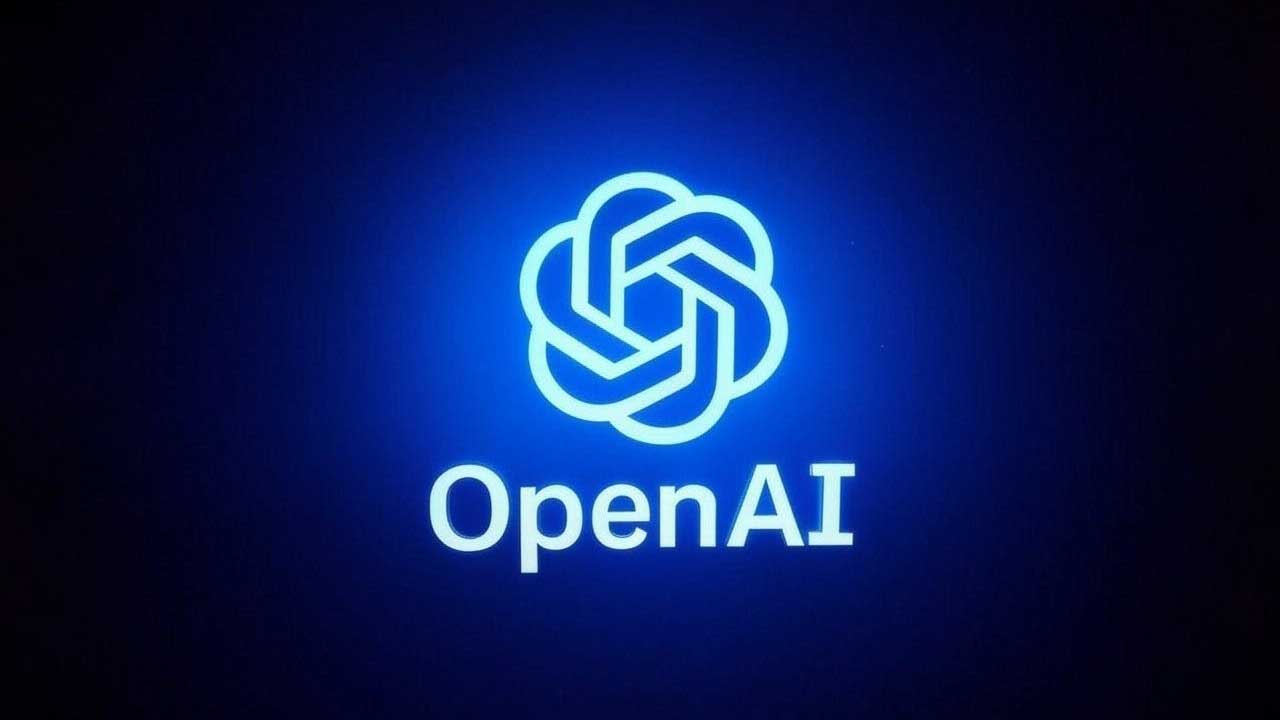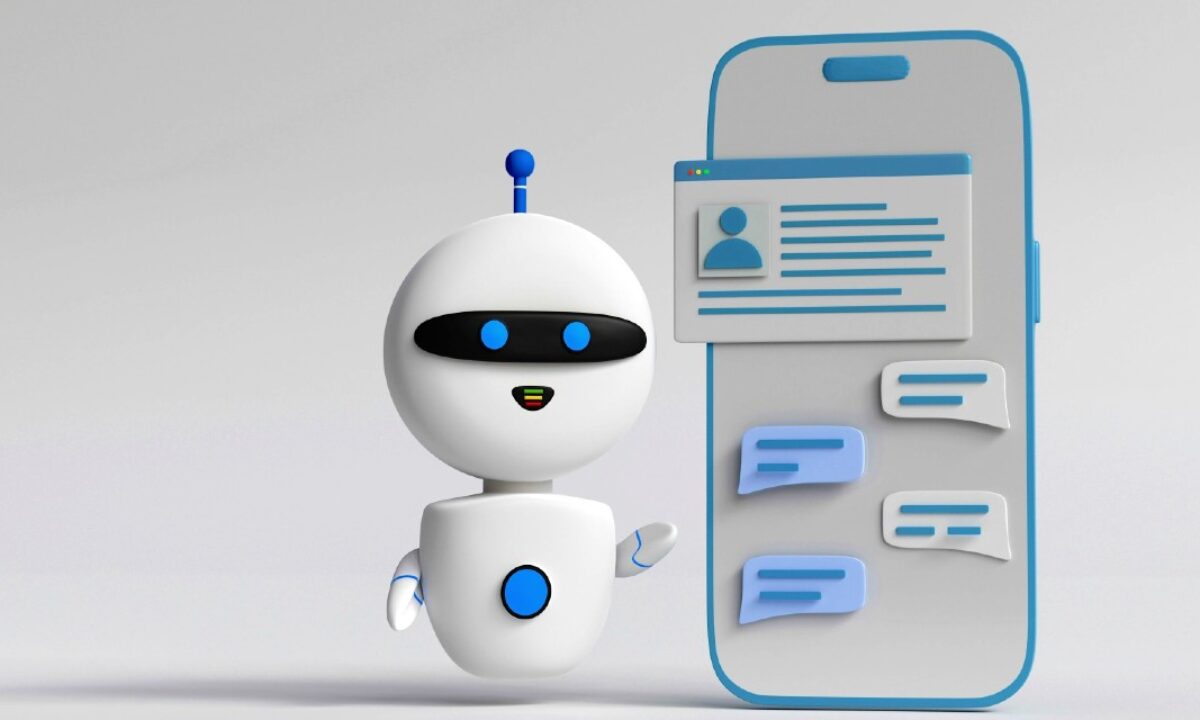From MVP to ML: How Startups Can Integrate AI Without the Hype
July 2025

AI is everywhere. Scroll through your feed and you’ll find products claiming to be “AI-powered” before they even have real users. But if you're a startup, here’s the truth: adding machine learning (ML) too early can do more harm than good.
The real challenge for early-stage founders isn’t about AI — it’s about building something people actually need. At Voicene Technologies, we’ve worked with teams that jumped into complex models far too soon. What we've learned is simple: get the basics right first.
Start with a strong Minimum Viable Product (MVP). Solve a single, real user problem. Focus on what makes your product useful today — not what might sound impressive tomorrow.
Once your product is validated and users are engaging, then it’s time to ask:
- 👉 Are there repetitive tasks we can automate?
- 👉 Can we extract better insights from user data?
- 👉 Will ML improve user experience or internal efficiency?
If the answer is yes, machine learning might be the next step — but don’t overcomplicate it. You don’t need to launch with deep learning or advanced models right away. Start with simple rules, decision trees, or lightweight models to test your assumptions.
Also, be mindful of your team’s skillset. Having access to data science and domain expertise can make a huge difference. If needed, bring in external collaborators to fill knowledge gaps while you stay focused on shipping value.
One often-overlooked factor is team alignment. Your engineering, product, and design teams should all be on the same page about why you’re introducing AI — and what problem it’s solving. Otherwise, you risk building features that are technically impressive but disconnected from user needs.
The key is to align AI integration with your product strategy — not just the hype cycle.
At Voicene, we believe AI should support your mission, not distract from it. We’ve found that the most successful startups use machine learning after they’ve validated product-market fit — not before.
In the end, it’s not about being the most “AI-driven” startup. It’s about solving real problems, for real people, with tools that make sense for your stage.
Recent Blogs












